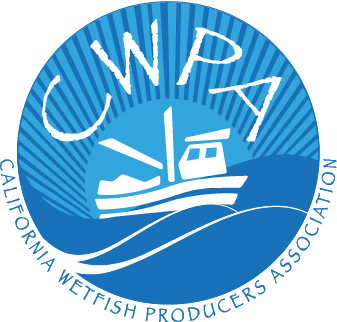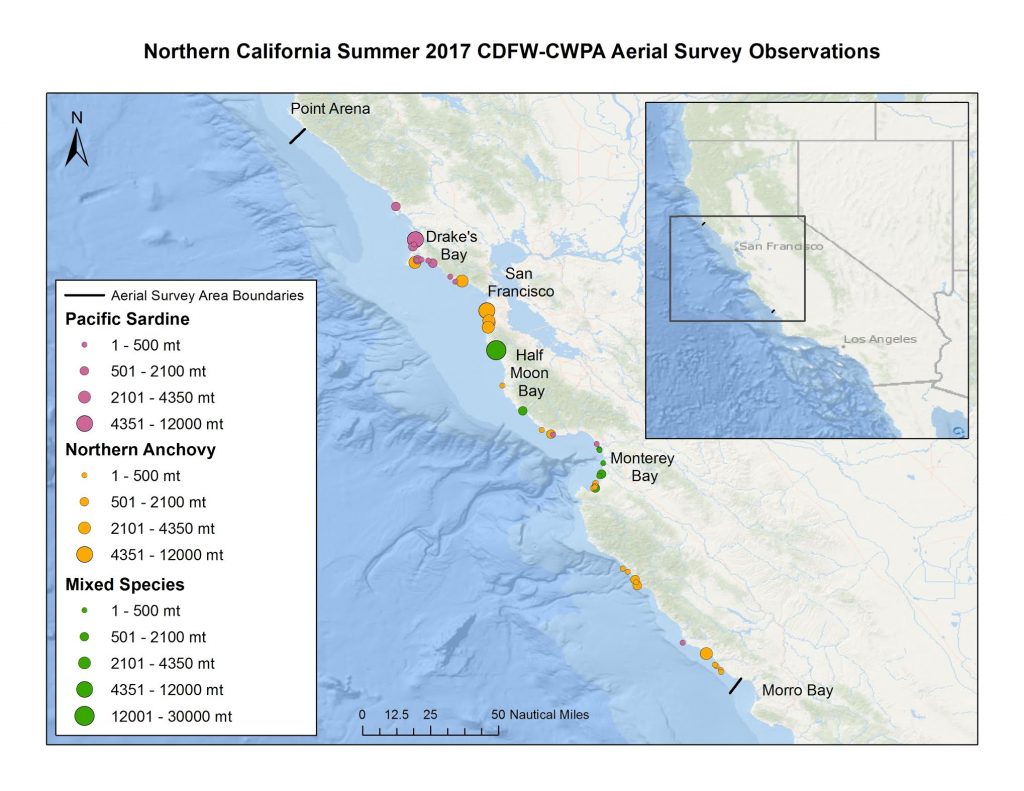April 9, 2018 — The following was released by the California Wetfish Producers Association:
On Sunday, the Pacific Fishery Management Council approved the management measures for the West Coast sardine fishery that were recommended by the CPS management team. The decision provides for 7,000 Mt for all uses, allowing fishermen a reasonable set aside for incidental take.
“We are very thankful to the Council for applying the best available common sense in making its decision, especially in light of the concerns expressed during the recent ATM methods review and the earlier problems voiced about last year’s sardine STAR panel review.
“And we are especially grateful to NOAA Assistant Administrator Chris Oliver, who took the time to address the Council in support of sustainable fishing communities, as well as resources, saying in part, ‘We have to combine that scientific underpinning with practicality and common sense.’
“This is especially topical given the ongoing forage fish discussion and its relationship to California’s historic wetfish industry, which has been the foundation of our fishing economy for more than a century. All too often, that importance is largely ignored or dismissed with pleas to ‘leave most of the fish in the water for other predators.’ Our precautionary catch rules already do that.
“In sum, a big thank you to the Council for doing the right thing for sardine fishery management and for fishing families and communities up and down the West Coast.”
Diane Pleschner-Steele, Executive Director
California Wetfish Producers Association
About the California Wetfish Producers Association
The California Wetfish Producers Association is a nonprofit dedicated to research and to promote sustainable Wetfish resources. More info at www.californiawetfish.org.


